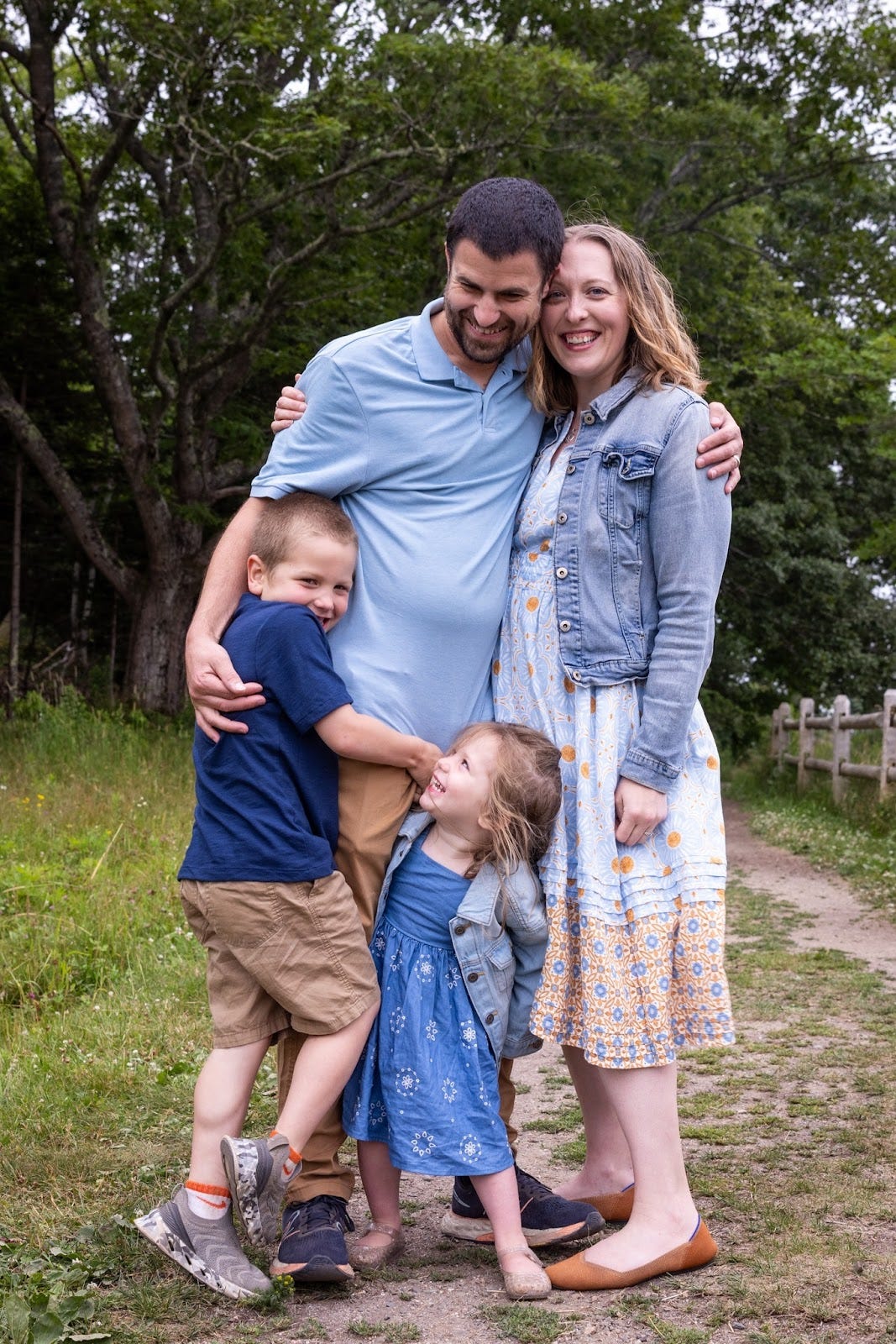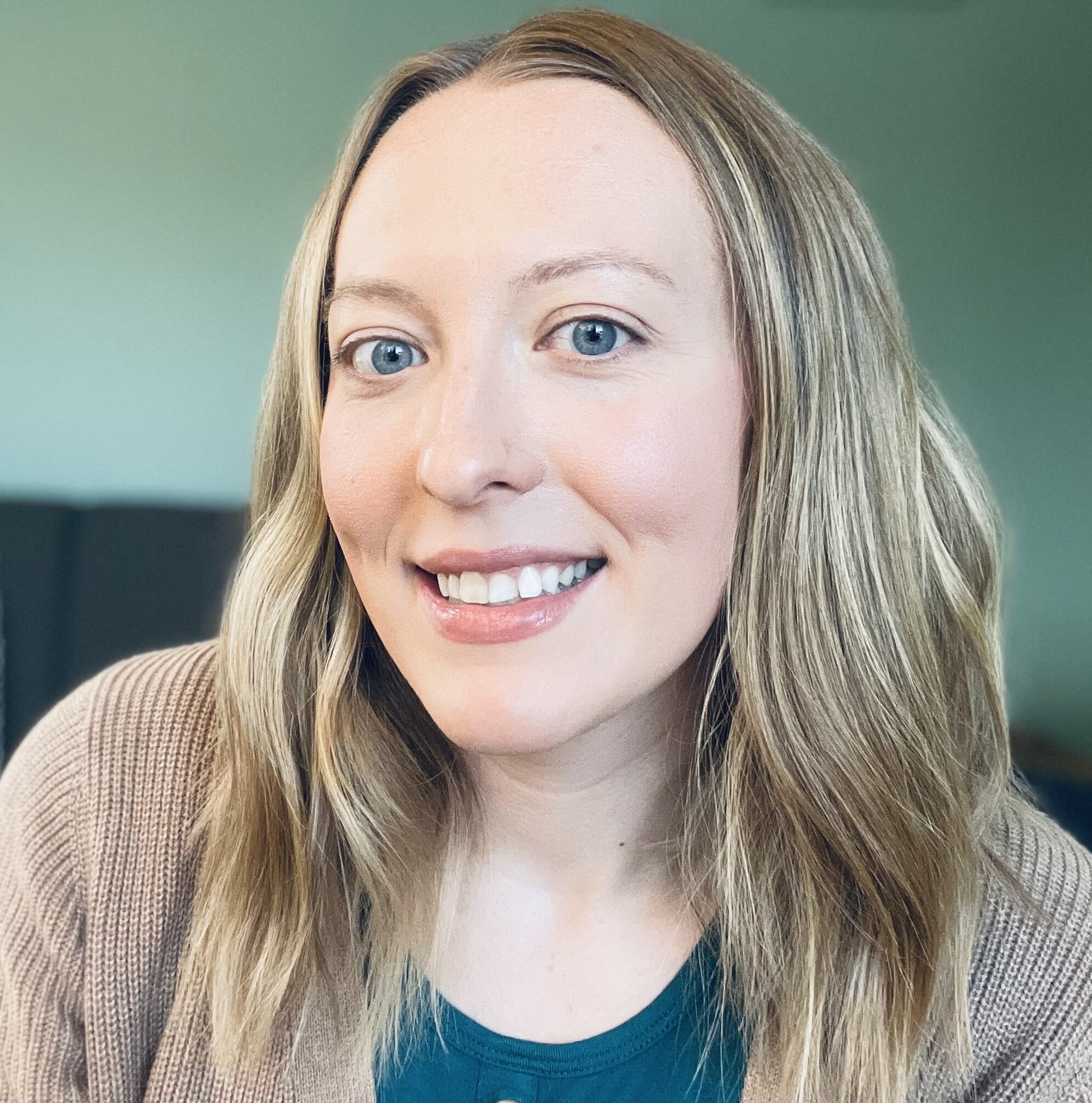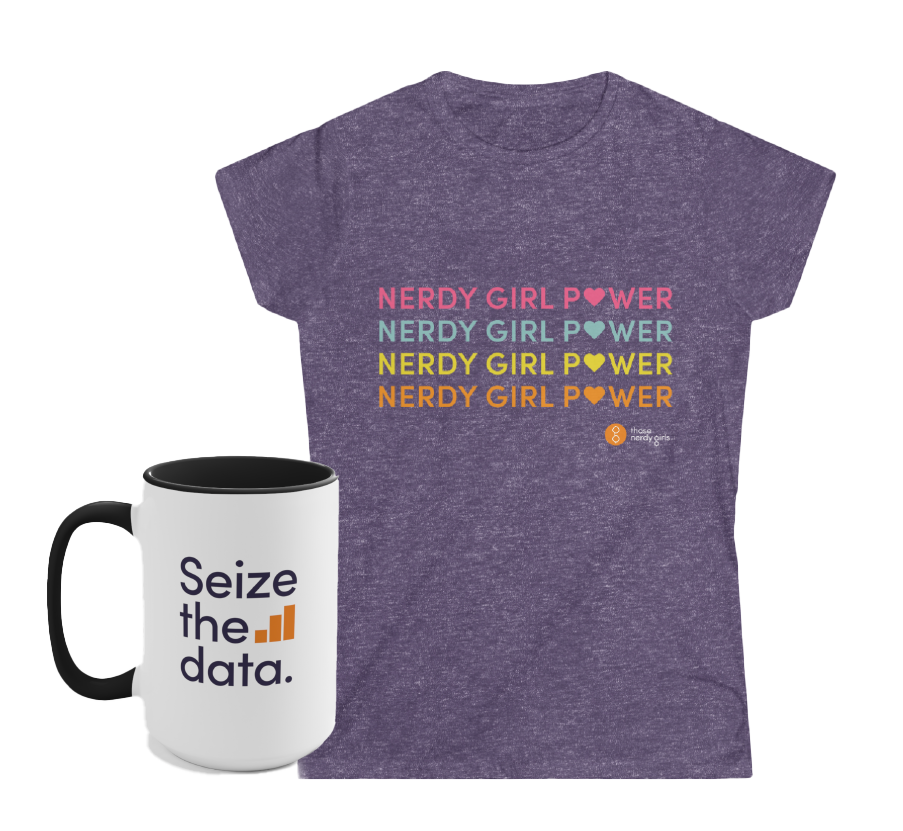This is another in our series Nerdy Notes: Science in Story & Verse
In these posts, our Nerdy Girl scientists and clinicians will share personal stories, insights, poetry, and more. While these posts may be lighter in terms of numbers and figures, they will still be rooted in our tradition and commitment to providing accessible and trustworthy information.
Stay inspired, stay creative,
Those Nerdy Girls&+
I wasn’t always someone who valued science. I grew up being told that vaccines would harm me, that evolution wasn’t real, and that science was a ploy to disconnect me from God and more.
But now, here I am, at almost 37 years old, and a PhD-trained scientist and science communicator. How did this happen? Why does it matter to you?
It matters because we are at a challenging moment in history, where science is being attacked at every turn. As a result, I see the same conversations repeating themselves. I see people who care deeply about vaccines, climate change, or science trying to persuade others by spouting off endless facts. I’ve done this too. And I’ve watched those facts bounce off people, not because the information was wrong, but because the trust wasn’t there.
Then I started thinking back on my own life. My turning point wasn’t a flood of data. It was relationships and it was stories that made science human, relatable and part of everyday life.
The First Crack in the Wall
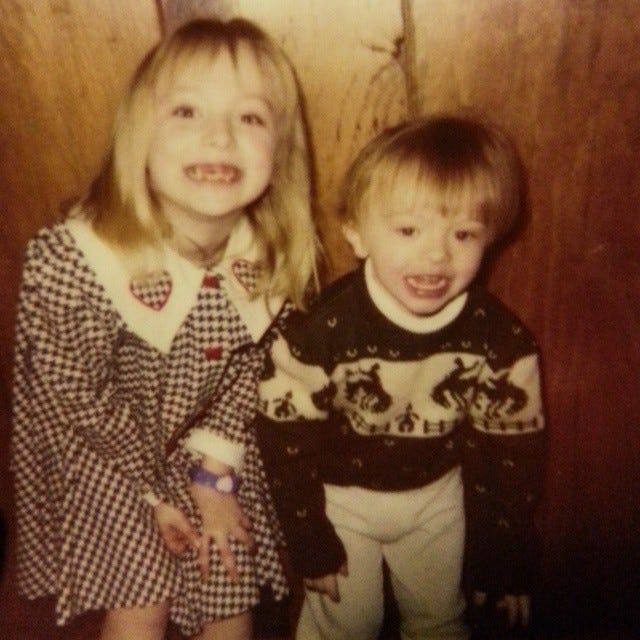
The first time I learned science in a real way was in 11th grade when I returned to public school.
Before then, I’d been mostly homeschooled or in a small private Christian school where science education was filtered through the lens of what fit with our beliefs. We didn’t talk about evolution or vaccines. The natural world was explained almost exclusively in religious terms.
Then came chemistry class.
I fell in love with the subject immediately. I wanted to understand how the building blocks, officially known as atoms, worked together to form life. My chemistry teacher saw my excitement and started encouraging me to consider studying science in college. This was something I had never considered possible and didn’t even know how to do.
With her help I eventually enrolled in college. I entered as a freshman still unvaccinated, still skeptical of evolution, and still carrying a deep mistrust of mainstream science. But slowly, my views began to change.
Relationships Before Facts
In college, I met people whose lives looked nothing like the ones I’d been warned about.
I met friends who were vaccinated and were perfectly healthy. They shared stories of growing up in ways very different from the way I did, but were still amazing people. I met professors who spent decades studying the immune system, cell development and genetics. They did this work because they were deeply curious about the natural world and wanted to help people, not because they were part of a conspiracy. These professors told me about their research, their personal experiences, the moments in their lives that drew them to science. They invited me to join them by exploring science in the lab.
These were not abstract “science people” anymore. They were real and caring humans who also happened to love science. Some of whom also identified as a Christian like I did at the time.
It was those relationships and personal stories that made me willing to actually hear the science facts I was learning in college. The information I was learning never would have shifted my perspective alone, I also needed these stories and relationships.
Right before I graduated, I got vaccinated for the first time. Shortly after I left to begin my PhD program. My personal journey changed the trajectory of my life in ways that are hard to summarize succinctly (I talk about it a bit more here).
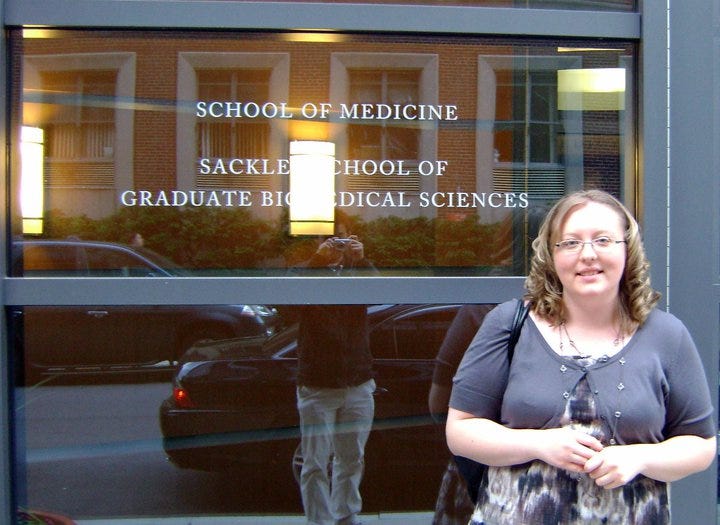
Why Stories Matter in Science Communication
Eventually, I not only became a PhD trained scientist, but I also started communicating science. It took me a lot of trial and error, and then deep reflection, to realize that my own experience in changing my mind could teach me a lot about how to communicate better.
Research on communication shows that facts are usually not enough to change someone’s mind. This is especially true when the topic is tied to identity, values or trust, like it was for me. When people feel their worldview is being attacked, facts spouted at them can actually make them dig in deeper.
But stories are different.
Stories invite people in without demanding they agree right away. They create space for curiosity instead of confrontation. They help listeners see not just what you know, but why you care. Stories help make it possible to imagine themselves caring too.
And stories aren’t just for persuasion. Science is often invisible to people. Stories help make people see the way science is already woven into their everyday lives. It’s what happens in our body after we eat a cake we love. It is in the medications we take. It is in the technology we use. It’s in the environment we live in.
When people start to see science as something that shapes their daily experiences, it becomes harder to dismiss and easier to connect with.
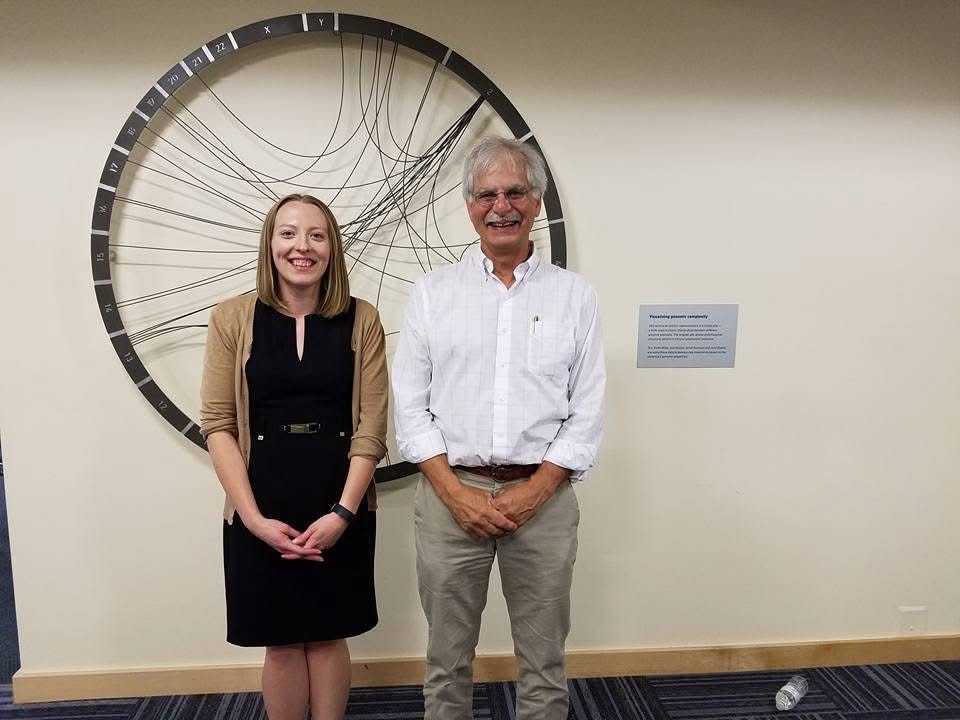
Bringing Science Stories to the Community
That’s why I recently partnered with some organizations to create Taproom Tales — a science storytelling event that’s about both community and science.
I started this event to make these invisible benefits of science visible to people. I wanted to create a space where community members could come together to share short and personal stories about their experiences with science. These are not lectures, they don’t use slide shows. They’re just five-to-ten-minute stories told from the heart.
In June I hosted our first Taproom Tales at a local brewery and tomorrow (August 20th) I am hosting our second one. The event was a success. People listened as community members (including me) shared stories about how science is woven into our everyday lives. If you want to hear my story you can find it here.
Why a Taproom?
Some people have asked why we hold this event in a brewery instead of a lecture hall. My answer is that space matters.
The people who need to hear more about how science is involved in everyday life are not the people who will sign-up for an event at a lecture hall or a local lab. But they may frequent a local bar or coffee shop.
Another important aspect is the intention of what happens in a space. When you walk into a lecture hall you’re expecting to be taught. When you walk into a brewery, you arrive expecting to relax and have conversations. This turns science into something social and approachable.
Science should live in places where people already gather, just as much as they live in the local lab or university.
So, this event could happen in your local taproom, coffee shop or even library. Anywhere people in your community already go to gather and connect.
Full Circle
I sometimes think about the younger me and I am so grateful for the relationships and stories that have shaped me into the person I am today. I now have a rich life I am so grateful for.
Now, I get to help my own kids and others realize how science impacts all of our lives and why it is important. And it isn’t just me. Every storyteller is helping make science a little more human and visible. Because science is everywhere, even if people don’t see it.
A story told at just the right time and in just the right place can help change that.
We all can share stories with those in our lives to make science more visible. Or, if you’re willing to hold a similar event in your own community, I have started a guide here. I am happy to talk to you about how to make this work. This is one way we can begin to help people see the value of science and its presence all around us.
